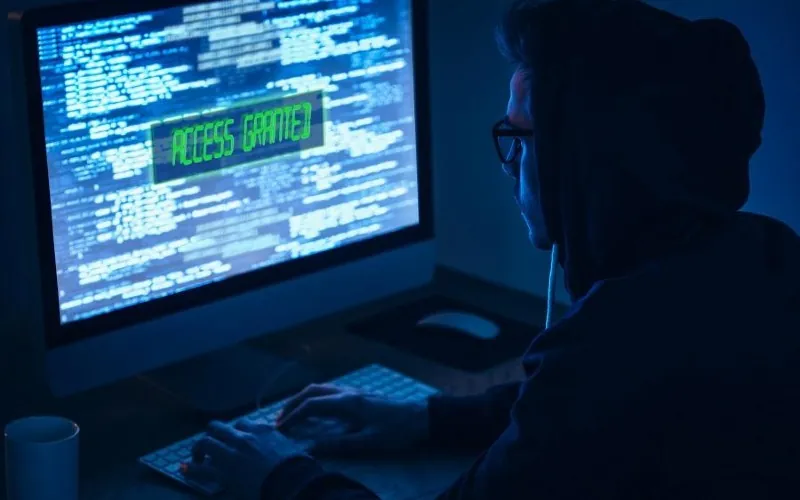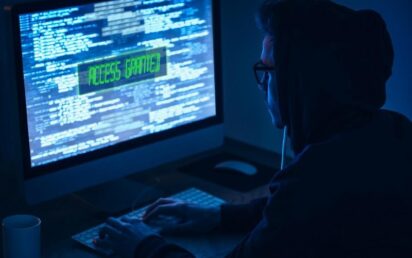Cybersecurity is becoming a priority for individuals, organizations, and governments alike. According to Cybercrime Magazine, cyber-attacks will cost the world $10 trillion by 2025, up from $3 trillion in 2015. This staggering increase shows the ever-growing importance of cybersecurity.
Cybersecurity is always about being a step ahead of potential threats. To achieve this, experts must stay up to date with the latest trends and techniques, which results in this industry often being an early adopter and the driving force behind many technological advancements. It also requires a constant awareness of the current threat landscape. The integration of generative AI into enterprise infrastructure is just one example. It increased the focus on access control around critical data and forced cybersecurity experts to adapt quickly.
In this article, we will highlight some of the latest cybersecurity trends that will help organizations focus on safeguarding their digital assets.
Passwordless Authentication Becoming the Norm
While it may not be the latest trend, it is certainly becoming a very dominant one. Passwordless authentication eliminates traditional passwords and is becoming the prevalent authentication method. It is a multi-factor authentication that uses biometrics or possession factors, like one-time passwords. It is more secure because it eliminates the risk of theft and reduces the burden of remembering complex passwords. Being a user-friendly and cost-effective solution for organizations, it is expected that passwordless authentication will completely take over traditional passwords in the coming future.
New E-commerce and Digital Payments Technologies
The e-commerce industry has seen a significant rise in recent years. With this, retailers are looking for increased convenience for their customers. As a result, new digital payment technologies are being developed and utilized. For example, online payment processing services like Amazon Pay can be used on different platforms – from buying on Amazon, playing in a casino with Amazon Pay or buying on other e-commerce platforms that support it. This adds a significant layer of convenience for customers and increases the speed of transactions.
Zero Trust Policy Turning Into Less-Than-Zero Trust Policy
The zero-trust security model is nothing new. The term was coined back in 1994, and it gained traction in the early 2000s. Basically, this model assumes that no user or device should be automatically trusted within a network. However, with the rise of remote work and cyber-attacks becoming more sophisticated, the zero-trust model is evolving into a less-than-zero-trust model. This means that not only are users outside of the network not automatically trusted, but users within the network are also being continuously monitored and verified to ensure they are not malicious actors, turning this policy into a more holistic one.
Real-Time Data Monitoring With Artificial Intelligence
Despite the huge advancements, AI is still in its infancy for the most part, especially when it comes to its application in sensitive areas like cybersecurity. However, artificial intelligence offers great potential in this field, thanks to its ability to quickly analyze vast amounts of data and identify patterns that humans might miss. AI-powered security systems can assist in detecting and responding to cyber threats in real time. Without a doubt, AI will become a valuable asset for cybersecurity companies once the technology truly sets off.
Decentralized Cybersecurity with Blockchain Technology
Blockchain technology is receiving significant attention, and not just for cryptocurrencies. Blockchain’s decentralized nature makes it ideal for secure online transactions, as it eliminates the need for a central authority to verify and authorize transactions. This greatly enhances security by removing a potential point of vulnerability. Many experts believe that blockchain technology will play a crucial role in the future of cybersecurity, especially as we’re witnessing a constant rise in online transactions.
Continuous User Education
While technology plays a big part in cybersecurity, it is also important to remember that humans are just as important part of the cyber ecosystem. This is why user education will always be vital in maintaining a secure online environment. Automation, coupled with AI, might help to balance things out, but at the end of the day, the human factor remains a very important one. It is therefore essential to continue educating both users and employees on best practices for cybersecurity. The chain is only as strong as its weakest link.

